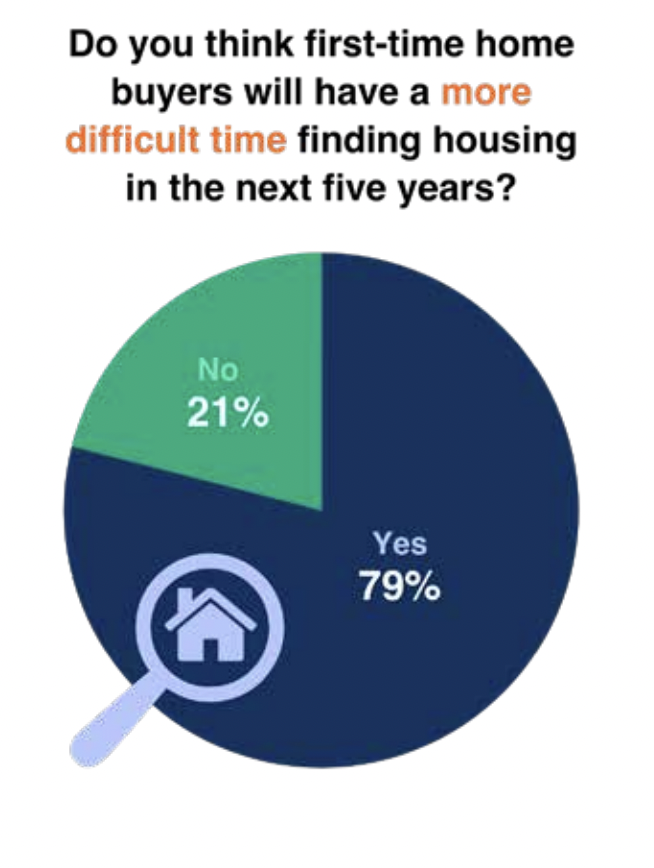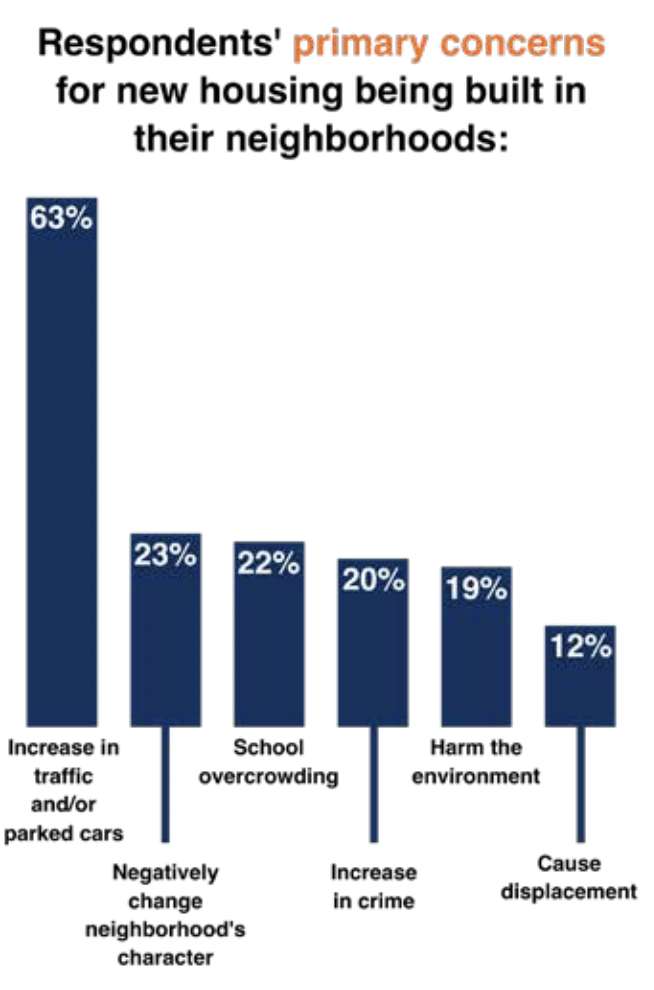Understanding Attitudes Toward Housing in Sacramento

At the end of 2022, Valley Vision—a group dedicated to improving the livability of the Sacramento region—conducted a survey of residents of the capital region on housing and transportation, in partnership with SACOG and Sacramento State’s Institute for Social Research. The results paint a portrait of a region that recognizes housing affordability as a major issue – but isn’t quite so sure what to do about it.
Key takeaways:
- A slight majority of renters would describe their neighborhood as unaffordable. Two-thirds of renters agree the increasing cost of housing is a major concern.
- Nearly 80 percent of respondents agree that first-time home buyers will have a more difficult time finding housing in the next five years.
- Renters and urban residents are broadly favorable to allowing more new housing construction, including a mixture of “missing middle” typologies such as condominiums, townhouses, and apartments.
- The main concern that respondents have with new growth, by a wide margin, is increases in traffic and parked cars.
Surveys repeatedly find that housing affordability is a top issue for Californians. As the above numbers suggest, this survey largely affirms that this is true even in the Sacramento metropolitan region, which is slightly more affordable than coastal metros. A solid 79 percent of respondents expect that it will get harder for first-time homebuyers to find a home over the next five years.

Notably, the survey finds an interesting divergence between renters and homeowners: Renters see affordability as a major issue. Approximately two-thirds support speeding and scaling up housing production and allowing for a range of “missing middle” housing typologies. Homeowners are significantly less likely to see affordability as a major issue and are thus more ambivalent about taking efforts to address it.
What are residents’ primary concerns with new housing development in their neighborhoods? Survey results suggest that there’s traffic and parking, and then there’s everything else, with two-thirds rating this as a concern. Less than a quarter of respondents rate common negative impacts on “neighborhood character” as an issue.

Friend of the blog Chris Elmendorf, a law professor at UC Davis, draws a few takeaways:
- State policymakers should focus zoning reform on cities, where support for increasing development and allowing a mixture of housing typologies is highest.
- If we are going to ease opposition to new housing construction, policymakers must take concerns over traffic and parking seriously.
- Support for development could also benefit from increased investment in transit infrastructure and parks.
Photo of Sacramento at night by micadew